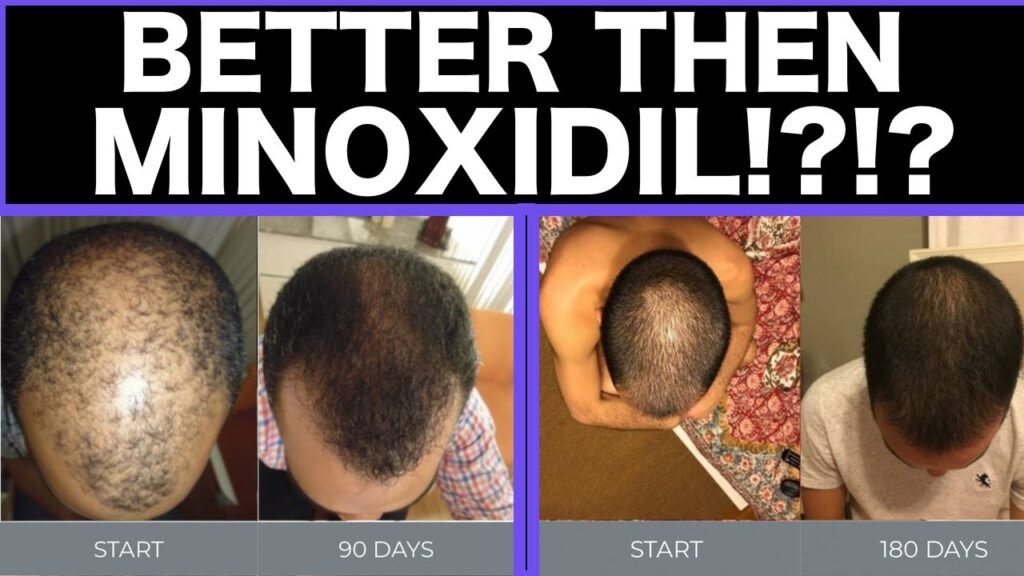Which treatment is safer: Minoxidil vs redensyl
Which treatment is safer: Minoxidil vs Redensyl
When it comes to hair loss treatments, safety is a primary concern for many individuals. Minoxidil and Redensyl are two popular options, each with its own safety profile. Minoxidil, an FDA-approved medication, has been used for decades to treat androgenetic alopecia. It works by stimulating hair follicles, promoting hair growth, and prolonging the anagen phase of the hair cycle. However, some users may experience side effects such as scalp irritation, itching, and unwanted facial hair growth. While these side effects are generally mild and reversible, they are important to consider when evaluating the safety of Minoxidil.
Redensyl, on the other hand, is a relatively newer entrant in the hair care market and is often marketed as a safer alternative to Minoxidil. It is a plant-based compound that targets hair follicle stem cells and dermal papilla fibroblasts to encourage hair growth. Since Redensyl is not a pharmaceutical drug, it tends to have a more favorable safety profile with fewer reported side effects. Users typically find Redensyl to be gentler on the scalp, with reduced instances of irritation or allergic reactions. However, as with any treatment, individual responses can vary, and its crucial to monitor for any adverse effects.
Comparing Side Effects
When comparing the side effects of Minoxidil and Redensyl, its essential to note that Minoxidils side effects are more documented due to its longer history of use and clinical trials. Common side effects include scalp dryness, flaking, and in some cases, a temporary increase in hair shedding as part of the hair growth cycle. Conversely, Redensyl users have reported minimal side effects, making it a potentially safer option for those with sensitive skin or those who have previously experienced irritation from other treatments.
Ultimately, the choice between Minoxidil and Redensyl should be guided by individual health considerations, tolerance to side effects, and consultation with a healthcare professional. Its essential to weigh the potential risks and benefits of each treatment, taking into account personal preferences and specific hair care needs.


